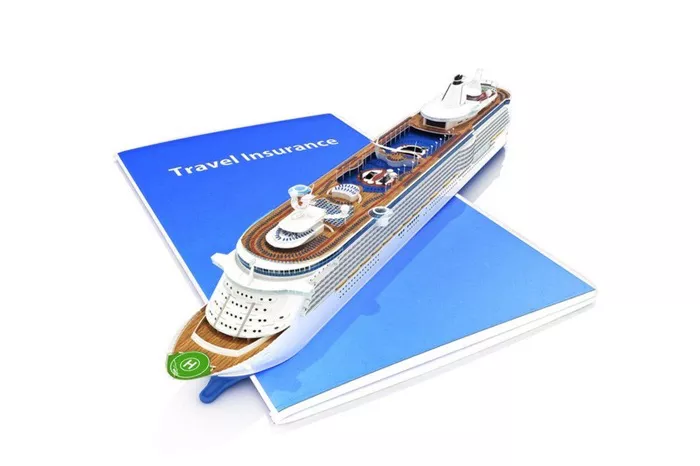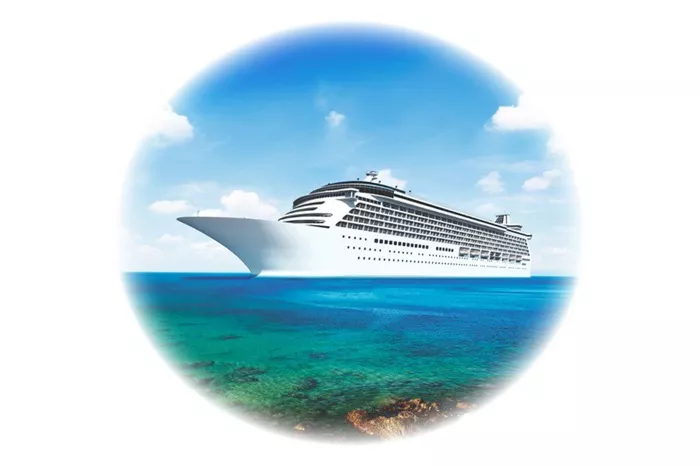Taking a cruise is one of the most luxurious and exciting ways to explore the world. With everything from fine dining to entertainment provided onboard, cruises offer a hassle-free vacation experience. However, just like any other trip, unforeseen circumstances can disrupt your plans, making cruise holiday insurance an essential investment. This article delves into the cost of cruise holiday insurance, examining various factors that influence the price, the types of coverage available, and tips on how to find the best insurance policy for your needs.
Understanding Cruise Holiday Insurance
Cruise holiday insurance is a specialized type of travel insurance designed to cover the unique risks associated with cruising. Unlike standard travel insurance, cruise-specific policies may offer coverage for situations like missed port departures, cabin confinement due to illness, and emergency evacuation from the ship.
The cost of cruise holiday insurance varies based on several factors, including the length of the cruise, the destination, the age of the traveler, and the level of coverage selected. Understanding these factors is key to determining how much you can expect to pay.
Factors Influencing the Cost of Cruise Holiday Insurance
1. Duration of the Cruise
The length of your cruise is one of the primary factors that influence the cost of your insurance. Generally, the longer the cruise, the higher the insurance premium. This is because longer trips increase the likelihood of potential issues, such as health problems or trip cancellations.
For instance, a three-day cruise may have a lower insurance premium compared to a two-week cruise. Insurance companies assess the risk associated with the length of the trip and adjust their rates accordingly.
2. Destination
Where you are cruising also plays a significant role in determining the cost of your cruise holiday insurance. Cruises to certain regions, such as the Caribbean, Mediterranean, or Alaska, might have different risk levels compared to more remote or exotic destinations like Antarctica or the Galapagos Islands.
For example, cruises to regions with a higher incidence of hurricanes or other natural disasters may result in higher insurance premiums. Similarly, if your cruise includes ports of call in countries with limited healthcare facilities, your insurance may cost more due to the increased risk of medical evacuation.
3. Age of the Traveler
The age of the traveler is another critical factor in determining the cost of cruise holiday insurance. Older travelers typically face higher premiums due to the increased risk of health-related issues while on a cruise. As you age, the likelihood of requiring medical attention or experiencing a trip interruption increases, and insurance companies factor this into their pricing.
For example, a 60-year-old traveler may pay more for cruise holiday insurance than a 30-year-old traveler on the same cruise itinerary. Some insurers may also impose age restrictions or limit coverage options for older travelers.
4. Type of Coverage
The type and level of coverage you select will have a direct impact on the cost of your cruise holiday insurance. Basic policies that cover only essential elements, such as trip cancellation and medical emergencies, are typically less expensive than comprehensive plans that include additional benefits like baggage loss, missed connections, and evacuation.
For instance, a basic policy covering trip cancellation and medical emergencies might cost less than a comprehensive plan that includes additional coverages like pre-existing condition waivers, cancel-for-any-reason (CFAR) options, and coverage for shore excursions.
5. Pre-Existing Medical Conditions
Travelers with pre-existing medical conditions often face higher insurance premiums or may need to purchase specialized coverage to ensure they are adequately protected. Some insurance policies offer a waiver for pre-existing conditions if certain conditions are met, such as purchasing the policy within a specified time frame after booking the cruise.
However, if you have a significant medical history, the cost of your cruise holiday insurance may be higher due to the increased likelihood of requiring medical attention during your trip.
6. Trip Cost
The overall cost of your cruise, including the price of the cruise itself, airfare, and pre- and post-cruise accommodations, can also influence the cost of your insurance. Insurance companies often base premiums on the total trip cost, as higher trip expenses mean a higher potential payout in the event of a covered loss.
For example, if your cruise package costs $10,000, you can expect to pay more for insurance than if your trip cost $2,000. This is because the potential financial loss is greater, and the insurance premium reflects that risk.
See Also: What Is Cruise Holiday Insurance
Typical Cost of Cruise Holiday Insurance
1. Percentage of Trip Cost
One of the most common ways to estimate the cost of cruise holiday insurance is by calculating it as a percentage of the total trip cost. Typically, travel insurance, including cruise holiday insurance, ranges from 4% to 10% of the total trip cost. However, this percentage can vary depending on the factors mentioned earlier, such as the traveler’s age, trip duration, and destination.
For example, if your cruise costs $5,000, you can expect to pay between $200 and $500 for a standard insurance policy. If you opt for a comprehensive policy with additional coverage, the cost could be higher.
2. Age-Based Premiums
Age is a significant factor that affects the cost of cruise holiday insurance. Younger travelers often pay less, while older travelers may face higher premiums. Below is an approximate breakdown of how age influences insurance costs:
Under 30 years old: 4% to 6% of the trip cost
30 to 50 years old: 5% to 7% of the trip cost
50 to 70 years old: 6% to 8% of the trip cost
Over 70 years old: 8% to 12% of the trip cost
These percentages are approximate and can vary based on the insurance provider and the specific policy chosen.
3. Example Scenarios
To provide a clearer picture, let’s explore a few example scenarios that demonstrate how much cruise holiday insurance might cost:
Scenario 1: A 7-day Caribbean Cruise for a 45-Year-Old Traveler
Trip cost: $3,000
Insurance cost: Approximately $180 to $240 (6% to 8% of the trip cost)
Scenario 2: A 10-day Mediterranean Cruise for a 65-Year-Old Traveler
Trip cost: $5,000
Insurance cost: Approximately $400 to $600 (8% to 12% of the trip cost)
Scenario 3: A 14-day Alaskan Cruise for a 35-Year-Old Traveler
Trip cost: $4,500
Insurance cost: Approximately $225 to $315 (5% to 7% of the trip cost)
These scenarios illustrate the variability in cruise holiday insurance costs based on factors such as trip cost, age, and destination.
Conclusion
Cruise holiday insurance is a crucial component of a well-planned cruise vacation. The cost of insurance varies based on factors such as trip duration, destination, traveler age, and the level of coverage selected. On average, you can expect to pay between 4% and 10% of your total trip cost for a comprehensive policy.
When selecting cruise holiday insurance, consider the specific risks associated with cruising, such as medical emergencies at sea, missed port departures, and cabin confinement. By carefully comparing policies and understanding your coverage options, you can find the best insurance to protect your investment and ensure a worry-free cruise experience.






















